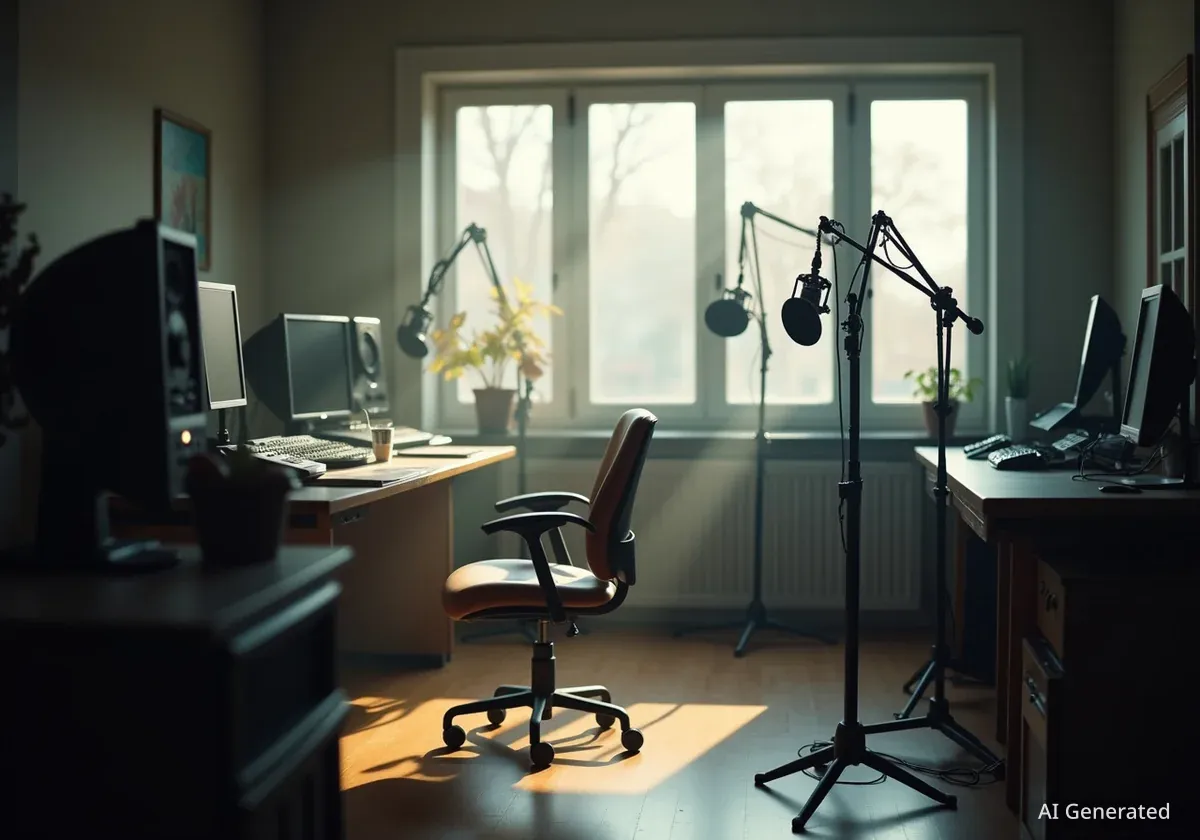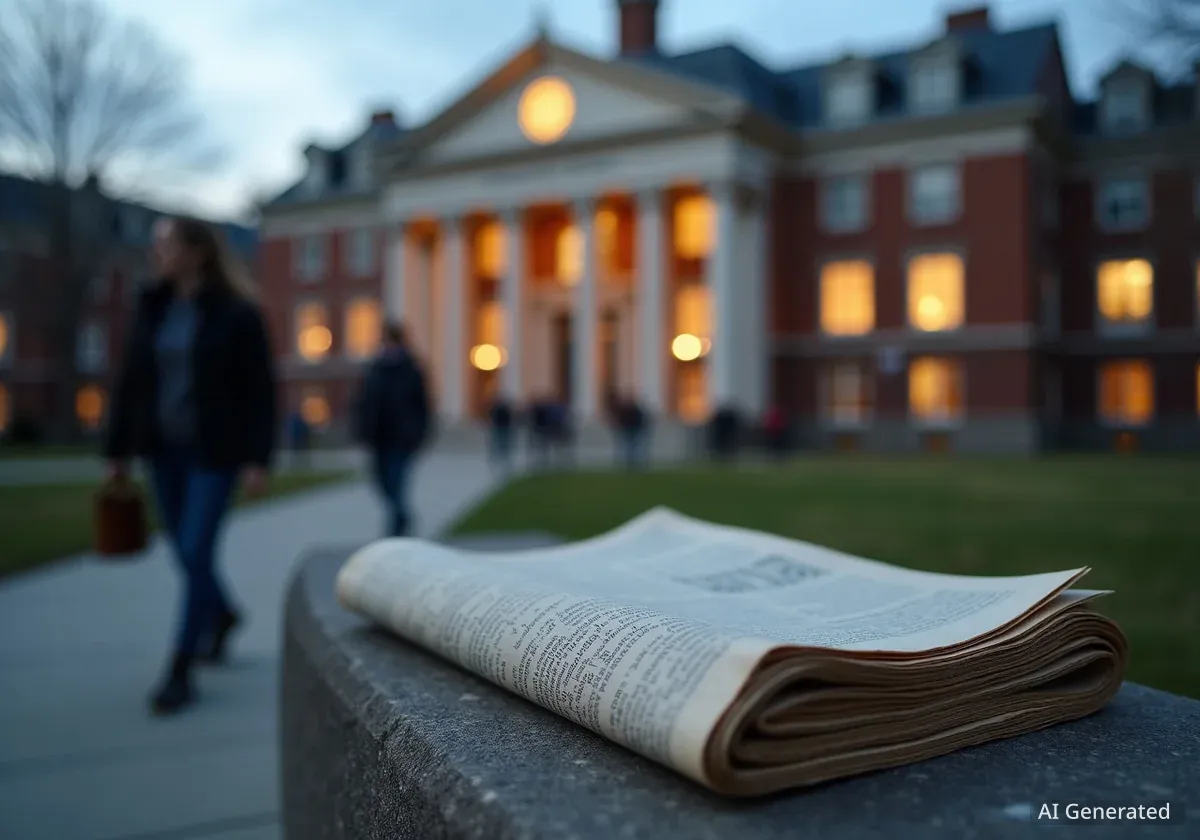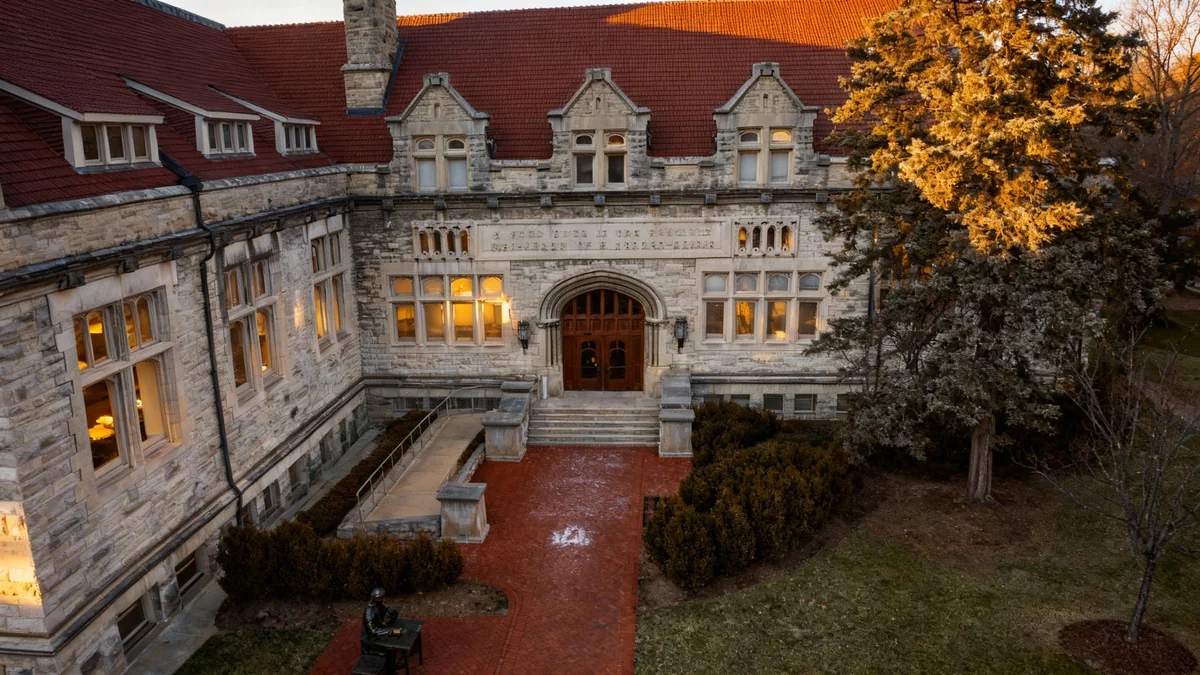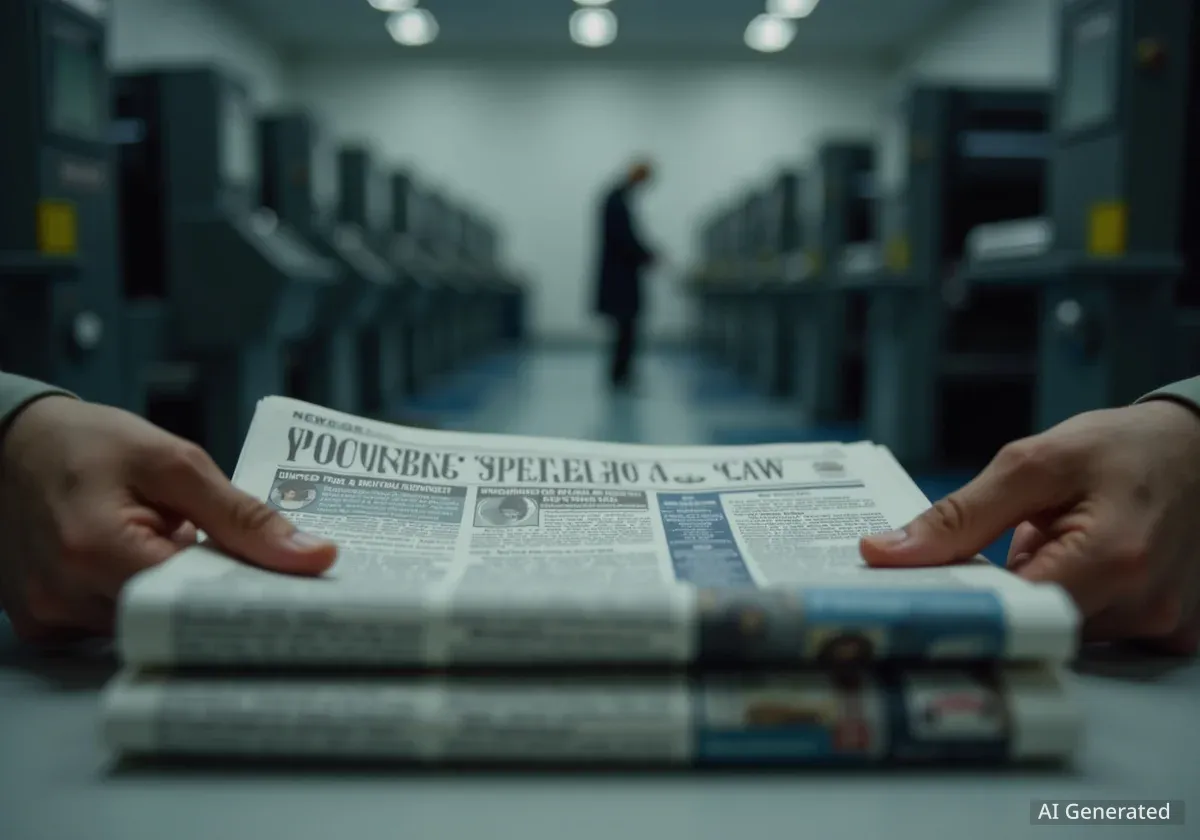Cleveland State University has abruptly ended its nearly 50-year-old student-run radio station, WCSB 89.3 FM, transferring its operations to the public media organization Ideastream. The decision, which will convert the station to an all-jazz format, was made without warning to students or the public, leading to significant community backlash and protests.
The university's lack of transparency and the sudden removal of a long-standing educational platform have become central points of contention. Critics are questioning the rationale behind replacing a diverse, student-managed station with programming that serves a different, narrower audience, effectively silencing a voice that has been part of the Cleveland media landscape for generations.
Key Takeaways
- Cleveland State University transferred control of its 89.3 FM frequency from the student-run WCSB to Ideastream.
- The station, which operated for nearly five decades, was shut down immediately and will become an all-jazz station.
- The decision was announced without prior notice to students, staff, or listeners, causing widespread anger.
- Approximately 200 people protested the move, highlighting the station's value as an educational tool and community hub.
- CSU has faced criticism for a lack of transparency and for abandoning a valuable student training program.
An Abrupt and Controversial Decision
Cleveland State University announced on a Friday that it had finalized an agreement with Ideastream, a local public media entity. According to the university's press release, Ideastream would immediately take over the operational control of the 89.3 FM frequency. This move effectively ended WCSB, the student-run station that had broadcast from the campus for almost 48 years.
The announcement came as a shock to the station's student volunteers, alumni, and loyal listeners. There was no transition period, no final broadcast, and no public discussion before the decision was made. This sudden change has fueled anger and confusion throughout the greater Cleveland area.
Many community members have expressed frustration not only with the outcome but with the process. Chris Quinn, a host for cleveland.com's "Today in Ohio" podcast, described the university's announcement as a "happy talk press release" that failed to address the consequences for the students who ran the station.
"I’ve been hearing from people nonstop about this. They’re very angry about it and they’re disappointed that two institutions that they’ve generally respected would let them down this way," Quinn stated during a discussion on the podcast.
The Loss of an Educational Platform
For decades, WCSB served as more than just a radio station; it was a hands-on learning laboratory for Cleveland State University students. Participants gained practical experience in a wide range of fields essential to the media and communications industry.
Skills Gained at WCSB
Students involved with the station developed expertise in:
- Broadcast Engineering: Managing and maintaining radio transmission equipment.
- On-Air Talent: Hosting shows, conducting interviews, and public speaking.
- Music Curation: Programming diverse musical genres and discovering new artists.
- Station Management: Handling budgets, volunteer coordination, and daily operations.
- Production: Creating promotional materials, editing audio, and producing segments.
Critics of the university's decision argue that eliminating this program removes a unique and invaluable educational opportunity. Quinn questioned the university's priorities, stating, "They are a school, they are about education... And a student-run radio station trains kids to do all sorts of things... And it’s all gone now."
The new all-jazz format, while potentially appealing to a specific demographic, does not offer the same broad, practical training for the student body. The decision is seen by many as a move away from the university's core mission of student development.
Community Response and Public Protest
The public reaction to the shutdown of WCSB was swift and strong. Following the university's announcement, a protest was organized, drawing approximately 200 students, alumni, and community members to the CSU campus. Attendees mourned the loss of what they described as a vital cultural institution and a unifying force in the community.
For many, WCSB was a platform for underrepresented voices and musical genres not typically found on commercial radio. Its eclectic programming was a hallmark of its identity, cultivated by generations of student volunteers. The station provided a sense of community and connection that many feel will be lost with the new format.
The lack of public input has been a significant source of frustration. As a state university, CSU is accountable to the public, yet the deal with Ideastream was conducted behind closed doors. This has led to calls for greater transparency from the university's administration.
"They’ve done a terrible job explaining this, and I think the protests and the spotlight will stay on them until they come clean," Quinn added, reflecting the sentiment of many in the community.
Industry Context and University Accountability
While the sudden nature of the format change is jarring to the public, some industry insiders note that such transitions are not uncommon in the world of commercial and public radio. Lisa Garvin, a former NPR anchor and panelist on "Today in Ohio," provided context on standard industry practices.
How Radio Format Changes Happen
According to Garvin, radio stations often change formats without advance notice to prevent listeners from tuning out early or to avoid organized opposition. "When they change formats, you don’t give people a chance to do a farewell broadcast. You don’t really tell them ahead of time... This is kind of how things are done in the radio world," she explained.
Garvin mentioned a similar situation where a public radio station took over the frequency of Rice University's student station in Houston. However, she agreed that the context of a student-run station makes the loss more significant. "A student station going away is a bad thing," she conceded.
Despite the industry norms, the core issue for many remains one of university accountability. The central question is why a public educational institution would choose to dismantle a successful student program. The new jazz format is expected to serve a much smaller audience than WCSB's diverse listenership and, more importantly, an audience that is not primarily composed of CSU students.
The controversy continues as the community awaits a more detailed explanation from Cleveland State University's leadership. The future of student media at the university remains uncertain, but the legacy of WCSB and the public's demand for answers are set to endure.





